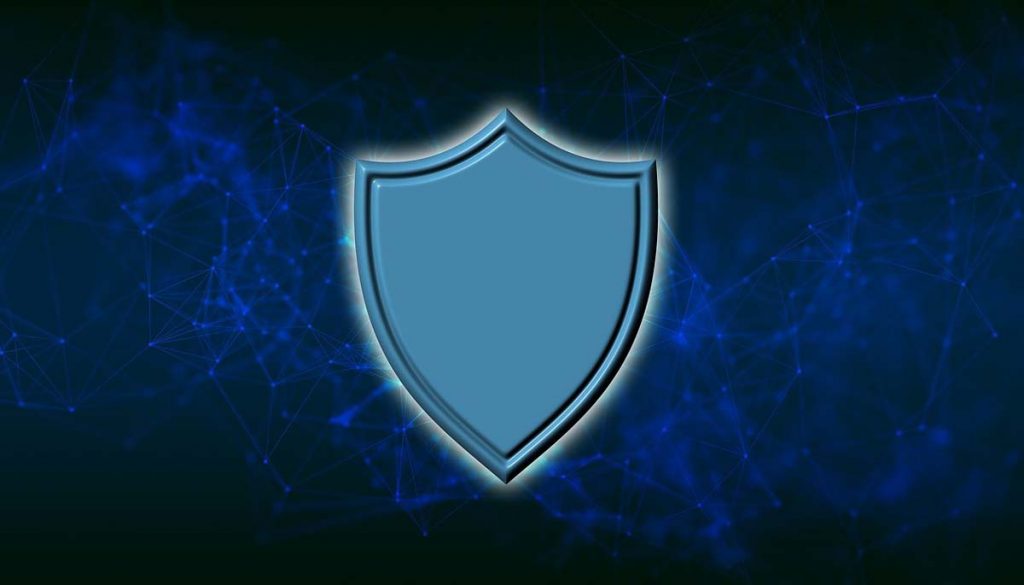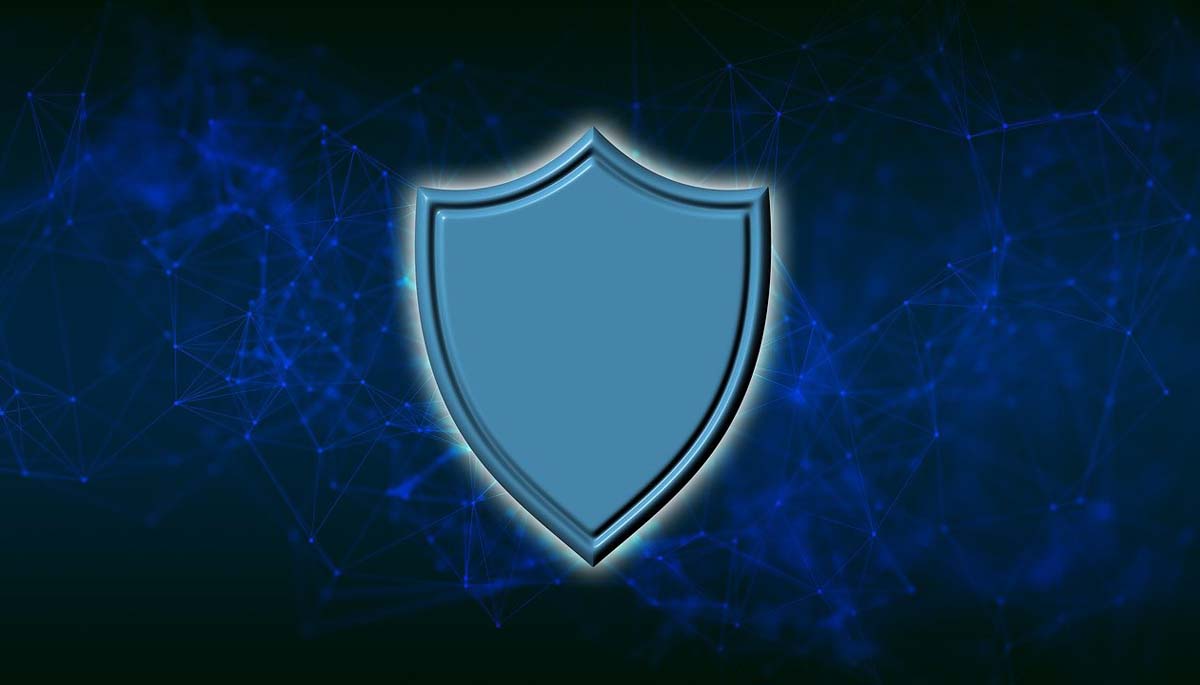
The internet poses lots of varied threats, and among these are programs designed to harm you or your device. But while most people focus on preventing or removing malicious programs, the fact that a program is legitimate does make it safe. Some of these programs may provide a vulnerability that poses a potential risk.
Table of Contents
What is Riskware?
The term riskware is derived from the words risk and software. It is a general concept that refers to both legitimate and illegitimate programs that are potentially risky. These programs are not necessarily malicious, but they pose some risk for the user in another way.
Different programs may pose a threat through varied functionalities or weaknesses, but the most common riskware programs are:
- Auto-installers, e.g. Some Android apps
- Internet Relay Chat (IRC) clients
- Remote support programs
- File downloaders
- Monitoring software
- Password managers
- Internet server services (FTP, Proxy)
- Cracking software
These programs can monitor user behavior, create unnecessary vulnerabilities, provide access to hackers, facilitate the download of malware, alter other programs, or violate the ToS of other software.

How to spot Riskware
You can protect yourself against malware by using software to prevent a cyberattack on your computer. However, things are not so straightforward when it comes to riskware. Besides using a program that will help detect suspicious behavior, you need to understand how to spot such programs.
Source & origin
If a program is in your system, you need to know how it ended up there. Did you authorize the installation? Who is the developer?
If you can’t account for how it is in your system and it is not from your device/ operating system manufacturer, you should consider it a risk.
Permission requirements
Some applications tend to ask for permissions that they do not really require, which is always a risk. Before you install an app, check what permissions it is asking for. Providing access to your microphone, camera, contacts, or other sensitive functionalities can lead to user monitoring.
Software updates
Updates usually provide patches for existing vulnerabilities to prevent exploitation. If you use a version of a software that is no longer supported, then it a riskware in that it probably has known vulnerabilities that may be executed.
ToS Violations
Some programs can the change code or disable features of other programs, which often goes against the Terms of Service (ToS) of that program. Such may include cracking programs.
Lawfulness
Some programs are prohibited by law and their use is illegal, while others fall in the grey area may pose potential legal issues. These programs include pirated copies and should be avoided.
How to protect your device against Riskware
The first step in preventing the threat posed by riskware is knowing how to identify such programs. This means that before you can download and install a program or application, you need to ensure that it does not meet the criteria described above.
If you want to check your system for potential riskware, you can use an antivirus to do so. However, only a few antivirus software can detect riskware as these programs are mostly used for legitimate purposes. To detect riskware, you will need a premium antivirus with behavior-based, heuristic, and real-time protection.
If you wish to install or keep a program that has been detected as riskware, ensure that you download it from a reliable source to avoid installing a compromised version that provides a backdoor for hackers or malware. You can then whitelist it under your antivirus settings.





More Stories
Create a generic chit fund software with AI to manage Chit Funds
thesparkshop.in:product/baby-girl-long-sleeve-thermal-jumpsuit | for little one
How a fart selling girl made $200k using latest technology?